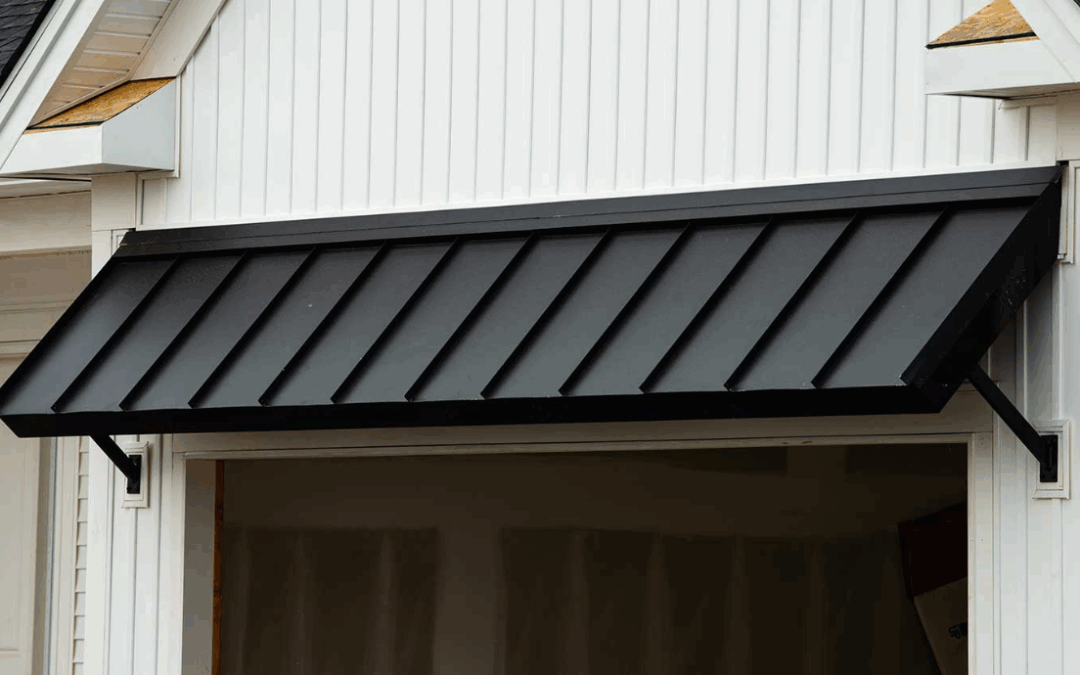North Idaho winters can be beautiful: snow-covered trees, crisp air, cozy nights by the fire, and adventures on the slopes. But the same weather that makes this region special can also be tough on outdoor features like awnings. Without proper care, heavy snow, ice, and wind may shorten the lifespan of your investment.
At Best Blinds & Awnings, we’ve advised countless homeowners in Spokane, Coeur d’Alene, LC Valley, and nearby communities how to prepare their awnings for seasonal changes. Here are some practical steps to make sure your awnings stay in top shape through the winter months.
1. Clean Before Storing or Securing
- Check the weather forecast for a few bright, clear fall days with little or no wind.
- On one of these days and before the first snow hits, thoroughly clean your awning: dirt, debris, and mildew can permanently mar your awning over winter if left untreated.
- Use a soft brush and mild soap to wash the fabric.
- Rinse all soap out thoroughly and allow the awning to dry completely.
- Wipe down the frame and make sure it’s dry to prevent rust or corrosion.
A clean awning at the start of winter means fewer problems come spring.
2. Retract and Protect
If you have a retractable awning, this step is simple: once your awning is dry, retract it fully and secure the cover. For added protection, consider a weather guard or custom cover to shield it from rain, snow, and ice. Alternatively, remove the awning and store in a dry place.
Fixed awnings should be inspected for stability. Tighten bolts, check supports, and make sure the structure can withstand strong winter winds common in North Idaho and Eastern Washington. Better yet, consider removing and storing your awning over the winter.
3. Trim Back Nearby Trees
Snow-laden branches are a major hazard for awnings. If you have trees near your awning, trim them back before winter. Falling branches are one of the most common causes of damage to both retractable and stationary awnings.
4. Avoid Snow Buildup
If you have a fixed awning and it is exposed to the weather, you will need to regularly clear snow from the top before it accumulates. Snow can get pretty heavy, especially if you experience thawing-freezing cycles. Excess weight can stretch or tear fabric and strain or even bend the frame. A soft broom or brush works best; avoid sharp tools that could cut, tear, or pierce the fabric.
5. Inspect Moving Parts
For retractable models, lubricate hinges, springs, and joints before winter. Cold weather can make metal parts stiff, and regular maintenance ensures a smooth operation when you’re ready to use it again in spring.
Protect Your Investment in Summer Enjoyment of the Outdoors
Your awning makes it possible to extend your living space in warm weather by creating a comfortable outdoor area shaded from the harsh sun. But awnings are generally not designed to create outdoor winter living spaces here in the Inland Northwest.
With the right preparation, an awning can last for many years even in climates like ours that have cold, snowy winters. Taking a few preventative steps this season will keep your awning looking great and working smoothly once warmer weather returns, helping you once again enjoy your patio or deck.
If you’re interested in awnings for next season, contact Best Blinds & Awnings in Spokane, Coeur d’Alene, or the LC Valley. As you settle in for the long winter, now is a great time to plan how to make your home the ideal retreat for next summer with a brand new awning to enhance outdoor living.

